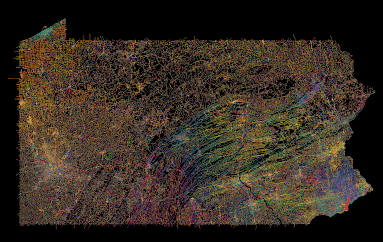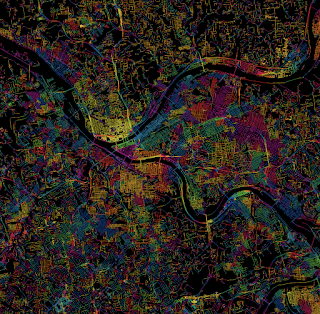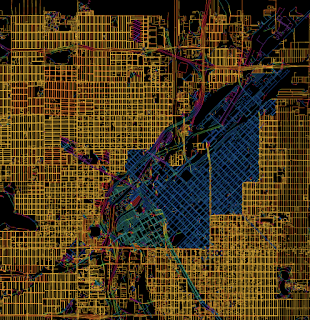Much praise over the last six months has been lavished on the Johns Hopkins Covid-19 Dashboard. I have always found that site hard to read with too much information in one place. I find the New York Times graphics to be a huge improvement.
The color scheme is much easier on the eyes. One of the best things is that the data is by census tract (I'm pretty sure that's how it is aggregated) so you get a much better sense of where cases are. Also it keeps the mostly empty areas uncolored so the reader is not overwhelmed. Texas is a good example-you can choose any state to see maps and graphs. You can see how Hale County is considered a hot spot but within the county the cases are primarily around Plainview in the northeastern corner.The graphs do an excellent job of showing the trends since March.
The state and territories are sorted by most cases per capita and you can see the difference between places that are having a huge uptick now (the Dakotas) versus ones that are having a second big wave (Guam, Utah, Idaho). It is also notable that Guam and Nebraska had much earlier first waves than Idaho and Utah.
Both these sites also offer the world view. It is interesting to see how the African countries have kept their cases very low, especially compared to Europe.
The "small multiple" charts are also a nice touch.
Much more to explore here.

























